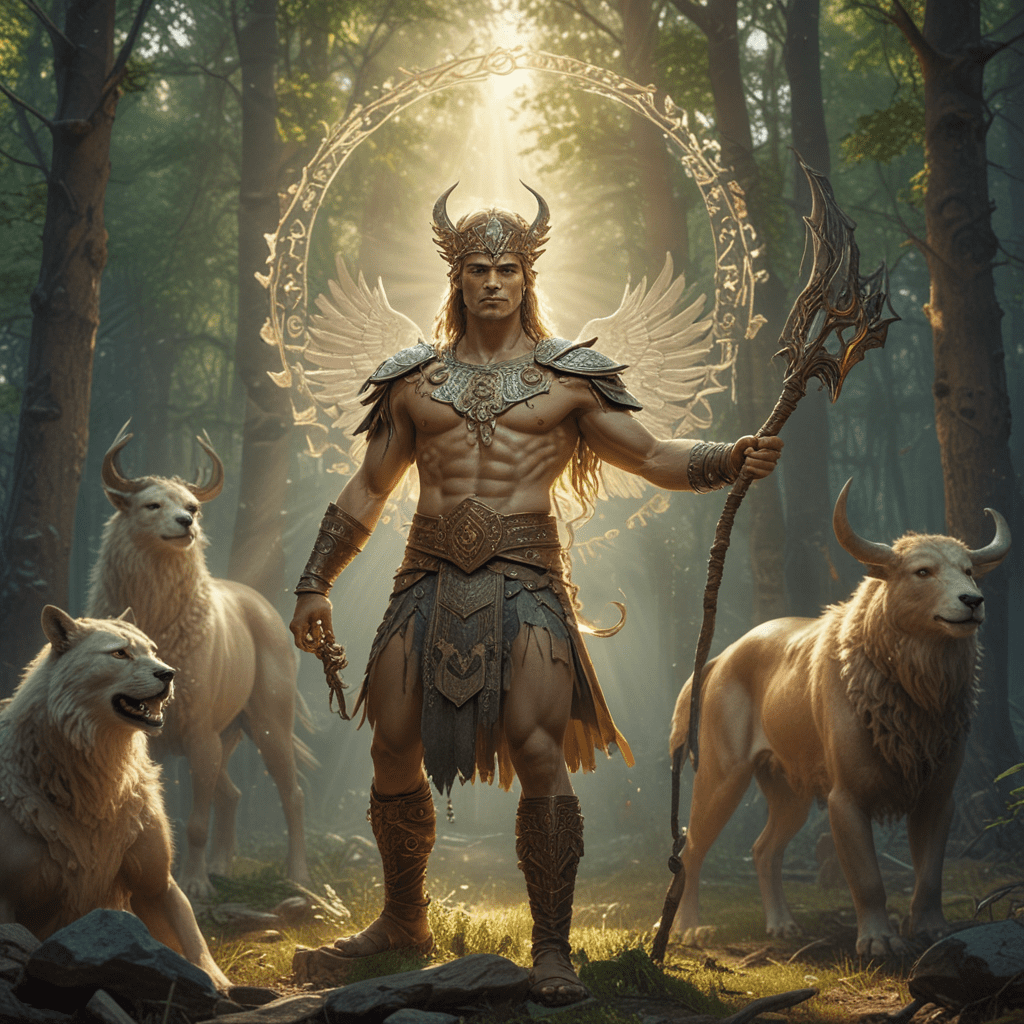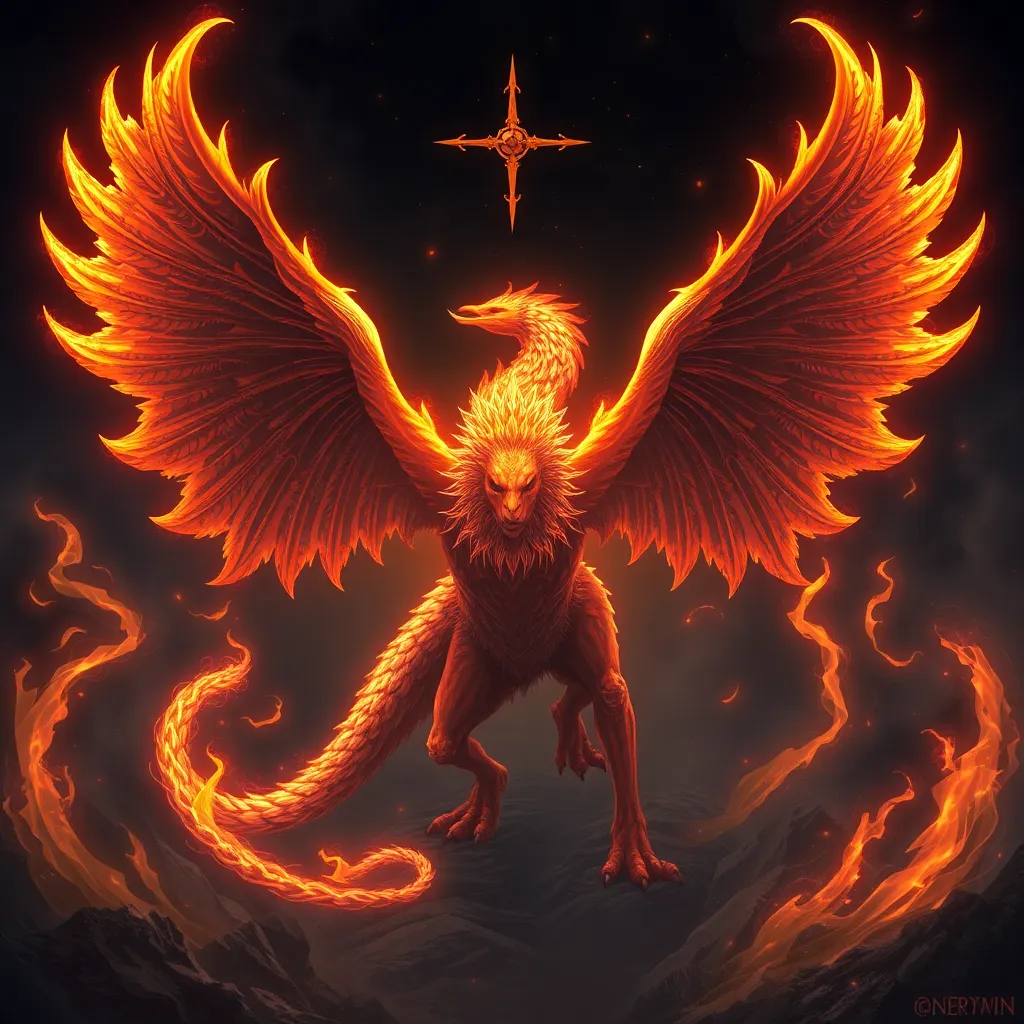The Concept of Transformation in Slavic Mythology
Introduction
The ancient Slavic cultures held a deep reverence for the transformative power inherent in the natural world and the realms of the divine. Transformation, in Slavic mythology, goes beyond mere physical changes and encompasses fundamental shifts in form, identity, and spiritual essence. It is a fundamental aspect of the Slavic worldview, reflecting the belief in the interconnectedness of all things and the fluidity of existence.
Animism and the Belief in Spirits
The Slavic belief in animism, the notion that all things possess a soul or spirit, laid the foundation for the concept of transformation. In the Slavic worldview, not only humans and animals but also plants, objects, and natural phenomena were believed to have their own consciousness and agency. This belief allowed for the possibility of entities shifting between different states of being, blurring the boundaries between animate and inanimate, human and non-human.
Shapeshifting and Animal-Human Transformation
One of the most prevalent forms of transformation in Slavic mythology is shapeshifting, particularly between humans and animals. Many Slavic deities, such as Veles, the god of the underworld, were depicted as having the ability to change their form at will. Furthermore, tales of human beings transforming into animals, especially wolves and bears, are common in Slavic folklore. These transformations often symbolized spiritual journeys or were associated with the acquisition of power or wisdom.
The Role of Nature in Transformation
Nature played a pivotal role in facilitating transformation in Slavic mythology. Forests, rivers, and mountains were believed to be liminal spaces where the boundaries between human and spirit realms blurred. In these places, humans could encounter mythical creatures, experience visions, and undergo profound transformations. Slavic mythology is replete with stories of heroes and heroines who undergo transformative experiences in the wilderness, emerging with newfound knowledge, skills, or abilities.
6. Transformation through Rituals and Ceremonies
Transformation in Slavic mythology was often initiated through specific rituals and ceremonies. These rituals could involve offerings to the gods, prayers, incantations, or the use of sacred objects. The purpose of these ceremonies was to facilitate communication with the spirit world and to invoke the transformative power of the divine. By participating in these rituals, individuals could seek guidance, healing, or protection, and ultimately undergo profound changes in their lives.
7. The Hero's Transformation Journey
The hero's transformation journey is a central theme in Slavic mythology. Many Slavic myths and legends feature characters who embark on a perilous quest, encountering obstacles and challenges that test their limits. Through these trials, they undergo a process of transformation, gaining knowledge, strength, and wisdom. The hero's journey often culminates in a confrontation with a formidable opponent, symbolizing the ultimate test of their transformation and the attainment of their destiny.
8. Transformation in Myths and Legends
Slavic mythology is replete with stories of transformation, both literal and metaphorical. These stories often convey deep lessons about life, death, and the complexities of human nature. One of the most famous Slavic myths, "The Tale of Igor's Campaign," features a prince who undergoes a transformative journey after being captured by the enemy. Through his experiences in captivity, he gains a new perspective on his life and his role as a leader.
9. The Significance of Duality and Polarity
The concept of duality and polarity played a significant role in Slavic mythology. Many Slavic deities were associated with opposing forces, such as light and darkness, good and evil, or male and female. Transformation often involved a shift between these opposing forces, representing the cyclical nature of life and the balance between different aspects of existence. By embracing both sides of their nature, individuals could attain a state of harmony and wholeness.
10. The Symbolic Interpretation of Transformation
In Slavic mythology, transformation often carried symbolic meanings that extended beyond the literal change in form. For example, the transformation of a human into a wolf could symbolize a connection to the wild and untamed aspects of nature. The transformation of a bird into a human could represent the pursuit of higher knowledge and spiritual enlightenment. By interpreting the symbolism of transformation, individuals could gain insights into their own lives and the nature of the world around them.
FAQs
Q: What is the significance of transformation in Slavic mythology?
A: Transformation is a fundamental aspect of Slavic mythology, reflecting the belief in the interconnectedness of all things and the fluidity of existence. It encompasses physical changes, shifts in identity, and spiritual growth.
Q: How did nature play a role in transformation?
A: Nature was seen as a liminal space where the boundaries between human and spirit realms blurred. Forests, rivers, and mountains were believed to be places where transformation could occur, facilitating encounters with mythical creatures and profound experiences.
Q: What is the purpose of rituals and ceremonies in transformation?
A: Rituals and ceremonies were used to invoke the transformative power of the divine and facilitate communication with the spirit world. By participating in these rituals, individuals could seek guidance, healing, or protection, and undergo profound changes in their lives.



